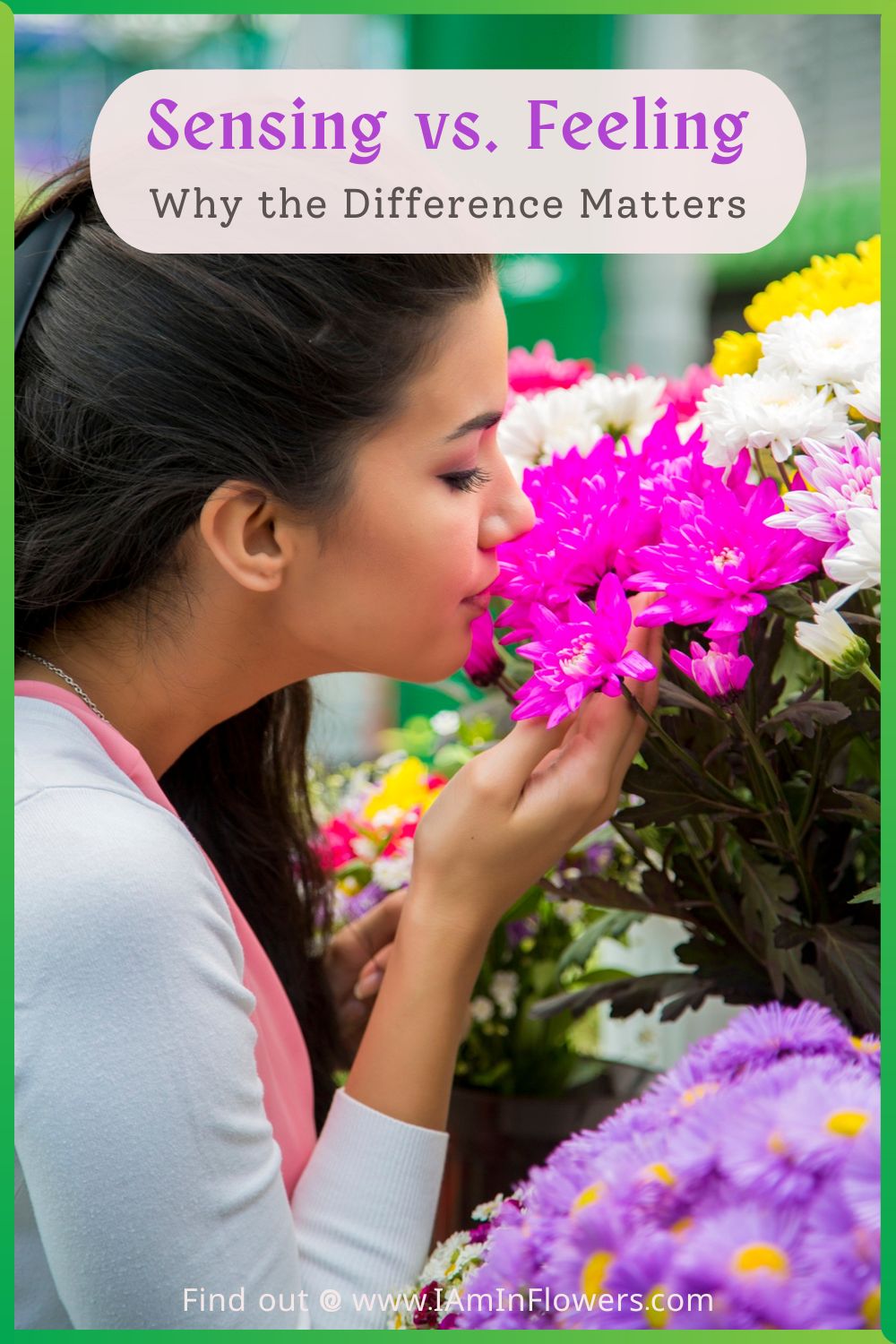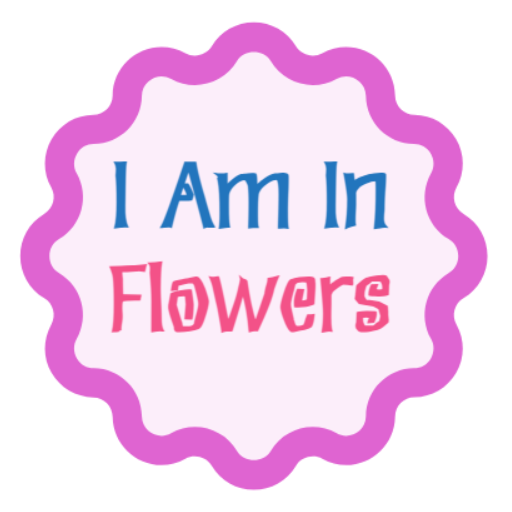
Have you ever wondered if sensing and feeling are the same thing?
At first glance, it may seem so. But when you take a closer look – it turns out that there is an important difference between these words.
For example: “I felt the smell of flowers” – that is sensing. And when that smell makes you feel blissful all over your body – that is feeling.
In this article, we will try to capture this subtle difference and see how it helps us better understand ourselves and our experiences. Because when you start to notice this difference, it will be easier for you to understand what is really happening to you – both in your body and soul.
So, read on as you may discover something that surprises you and changes the way you experience everyday life!
What Does “Sensing” Mean?
Sensing is the moment when something reaches us – a stimulus, a signal, an impulse. Something appears and gets registered. It comes like a notification on the phone: “hey, something is happening.”
For example:
“I have felt pain.”
“I have felt warmth.”
“I have felt the scent of flowers.”
These are quick signals that our body or our senses pick up. Sensing is the first contact with an experience – as if a door has opened and something has entered us. But we don’t yet know how we’re gonna react. We simply sense: “something is there.”
Sensing can be fleeting – it can last a split second. It’s like catching a first impression. And although it seems small and quick, it’s where it all starts.

What Does “Feeling” Mean?
Feeling is more than just sensing. It’s the moment when what you have felt begins to resonate within you – it stirs your emotions, triggers a reaction in the body, and leaves a mark deeper than just on the surface of your skin or nose.
Imagine this: you have in front of you a bouquet of flowers that smell beautiful. First, you register the scent – “How wonderfully it smells!” That’s sensing.
But if you stop for a moment, something more may come up: “Oh WOW, this scent feels so good to me… I can feel it all the way in my body. It makes me feel warm, soft, calm.” That is already feeling.
Feeling is a relationship with what you have sensed. It’s asking, “What is my body doing with this signal? How does it affect me?”
It can be something physical – relaxation, tension, a shiver. Or, emotional – joy, peace, longing.
We can say that feeling is sensing with a response. Something has come to you – and something within you has responded. And it is this response that gives depth to the experience.

How To Distinguish Sensing From Feeling?
But you may ask, “How to distinguish one from the other?” Well, since feeling and sensing are such similar concepts, how do we actually differentiate them?
A very simple question can help:
“What am I feeling?” – this question refers to sensing.
“And what do I feel in relation to what I sense?” – this is already an invitation to feeling.
Or put differently:
“What did I feel?” – “The smell of roses.”
“And what did my body sense when I felt that smell?” – “Calmness, bliss, warmth, as if for a moment everything else ceased to matter.”
It is these subtleties that are key. Sensing is the first stimulus – a flash, an impulse, a signal. Feeling is everything that happens afterward. It’s how that experience lingers within us, how it stays with us for a moment (or longer).
Sensing can be quick, almost technical. Feeling is more personal – it’s about how that particular thing affects me. It’s a bit like the difference between touching water and immersing yourself in it.
In our daily life, we rarely stop to reflect on this. But it’s worth it – because the better we are able to distinguish between these two levels, the easier it becomes to notice what’s really going on inside us, not just around us.

Why Is This Difference Important?
You may ask, “Alright, but what’s the point of this distinction? Does it really matter whether I feel something or sense it?”
The answer is: yes, it does – and quite a lot.
Understanding this difference helps you get to know yourself better. When you start to notice not only what reaches you but also how you react to it, you begin to see your inner self more clearly. You are no longer just a receiver of stimuli – you are a participant in the experience.
This is useful in everyday life – in conversations with loved ones, in contact with nature, in personal growth. For example, when you meditate or practice affirmations, It is worth not only “repeating” or “hearing them in your head”, but feeling their content in your body. Then their effect truly deepens.
Feeling brings us closer to the body and emotions. And the closer we are to what is really alive within us, the easier it is to recognize what serves us and what does not. It is this feeling that allows us to catch when something within is saying, “Yes, this is what I need” or “No, this is stressing me out.”
Being aware of the difference between feeling and sensing is a small key to greater mindfulness. And from mindfulness comes both peace and transformation.
In Essence,
Sometimes the simplest things turn out to be the most meaningful. The distinction between sensing and feeling may seem subtle, but it carries great value.
When you begin to consciously notice these two levels of experience, it becomes easier to be in touch with yourself – the true, vibrant, present self. And it is in this mindfulness that a deeper understanding of yourself is born.


